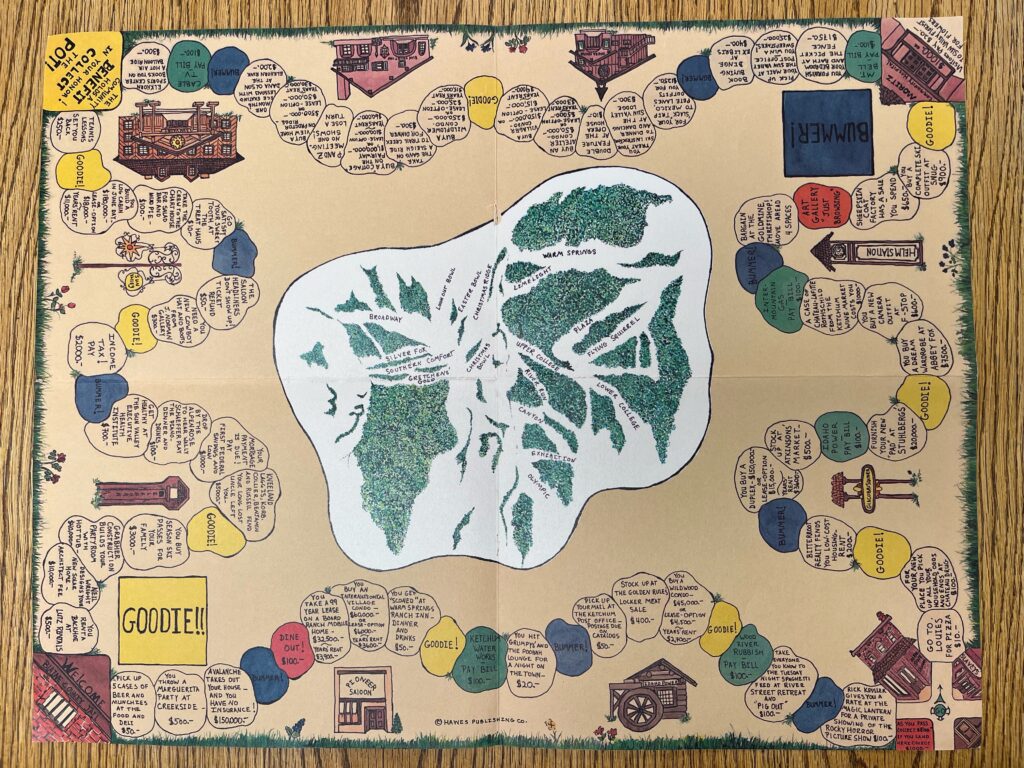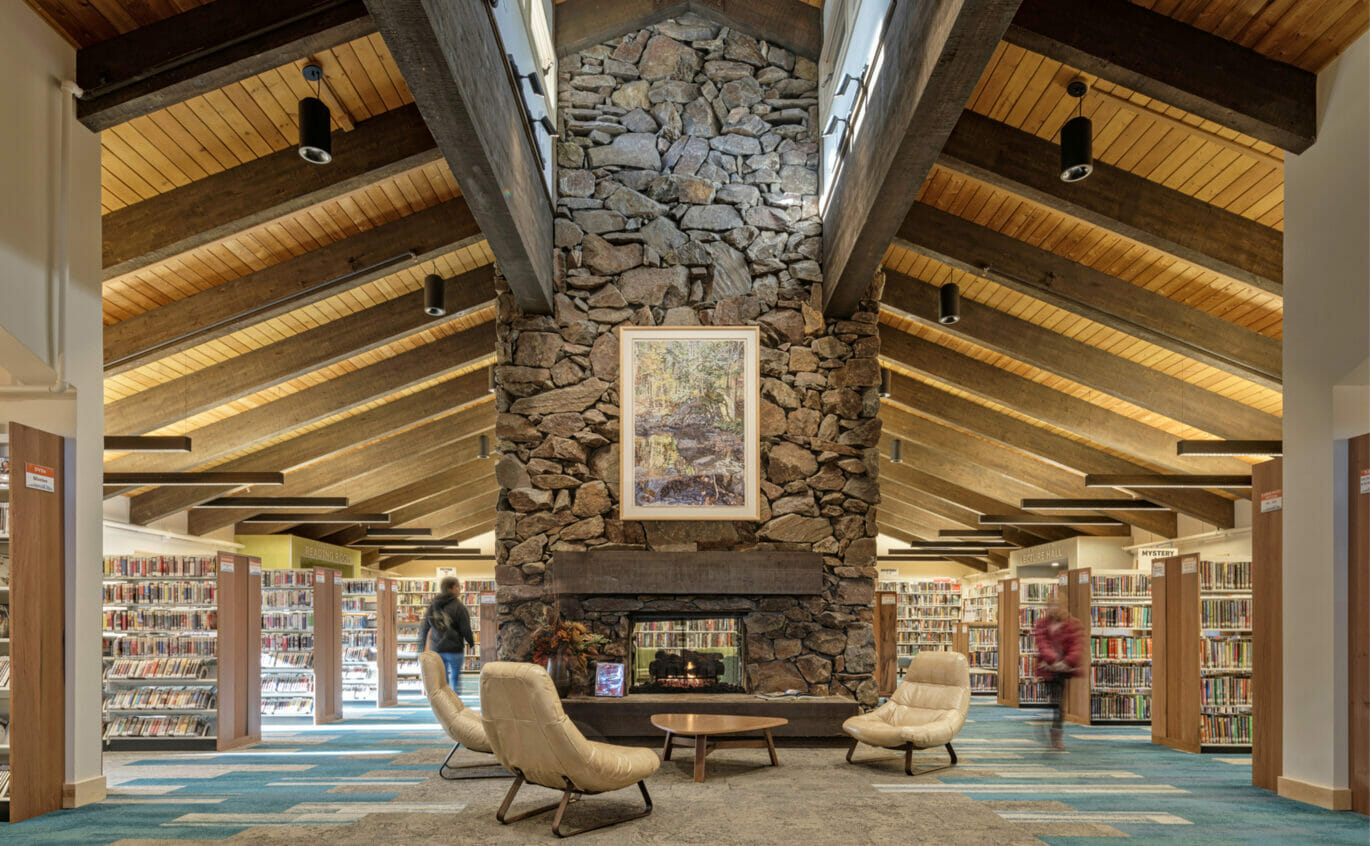(si nadie se entromete) 10 Judy Moody
by Megan McDonald
Judy Moody tenía ganas de pasar el mejor verano de su vida. Pero, claro, eso era antes de enterarse de que sus padres se iban a California y su tía se iba a quedar a cargo de ella. Además, tendrá que quedarse con su hermano pequeño, Stink, y cuidar de él. Pero, cuando el verano empezaba a volverse demasiado aburrido, Judy Moody tiene una idea fabulosa: retar a sus amigos a una emocionante carrera en busca del verano más raro y divertido que hayan podido imaginar.
ENGLISH DESCRIPTION
With everyone away on vacation, things aren’t looking good for Judy. Can she turn this summer around? As featured in Judy’s uber-cool movie!
Just when it looks like her summer is going to be BOR-ing — eureka! — Judy comes up with the most thrill-a-delic plan ever. Get ready for a race involving tightrope walking, Scream Monster riding, and way more! Add in a treasure hunt for Judy’s teacher, a midnight stakeout, a runaway ice-cream truck, and a dash of Bigfoot, and what have you got? The Judy Moodiest summer ever!

